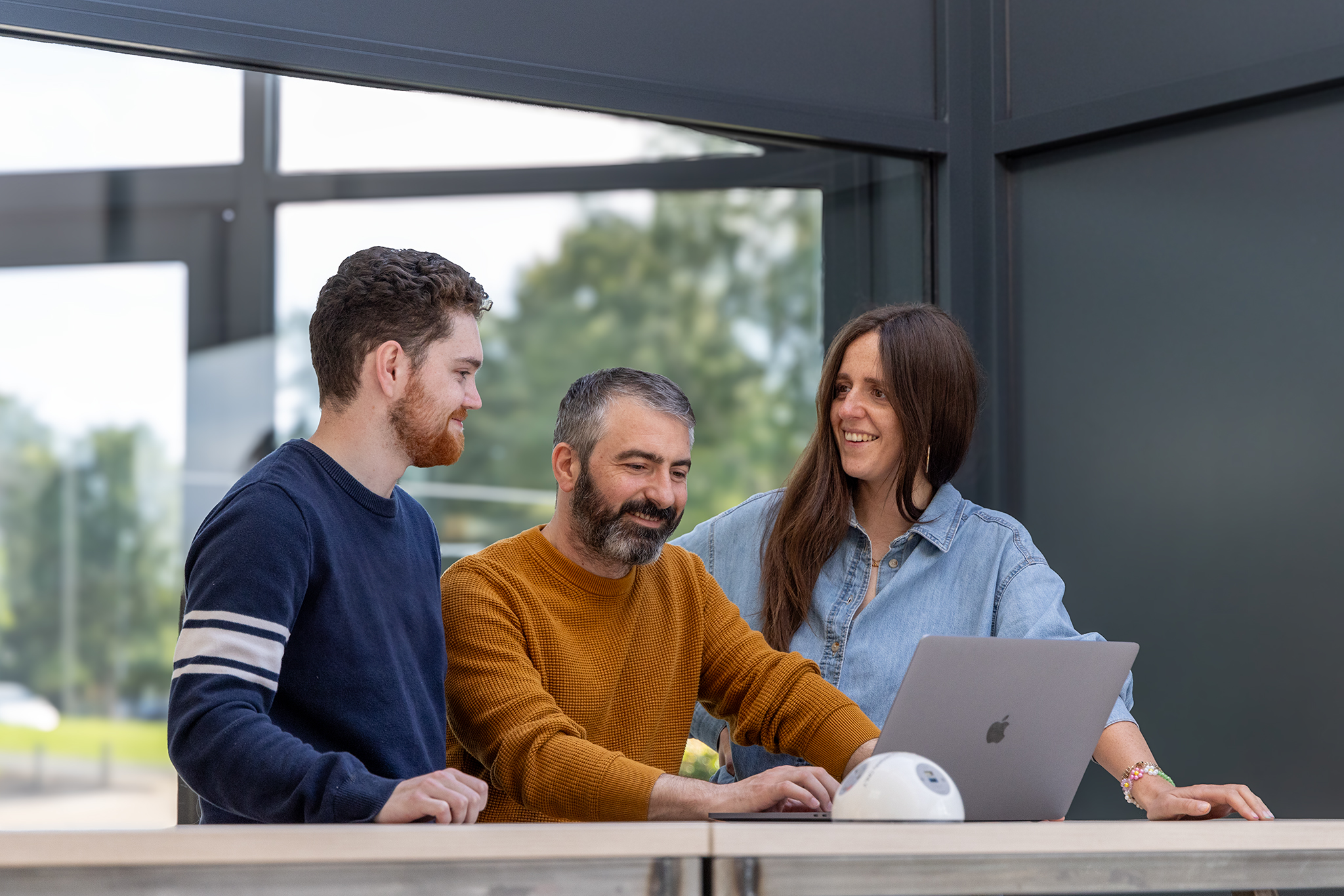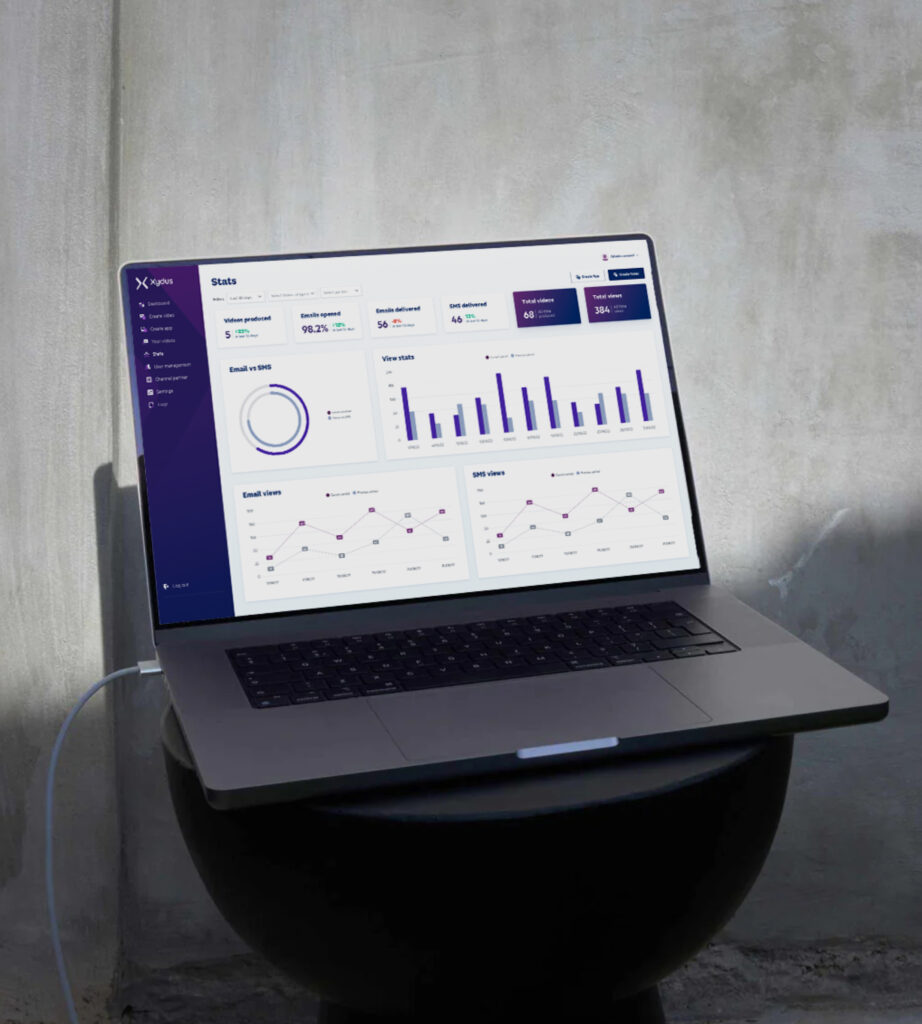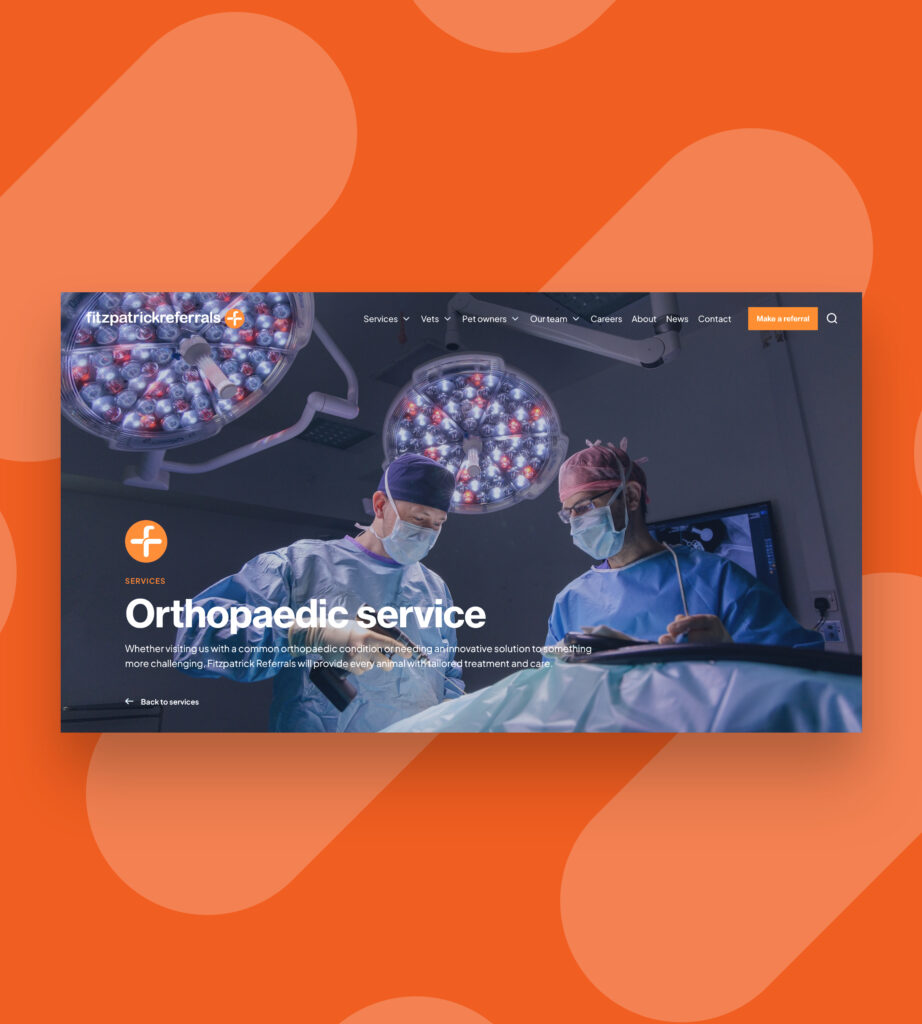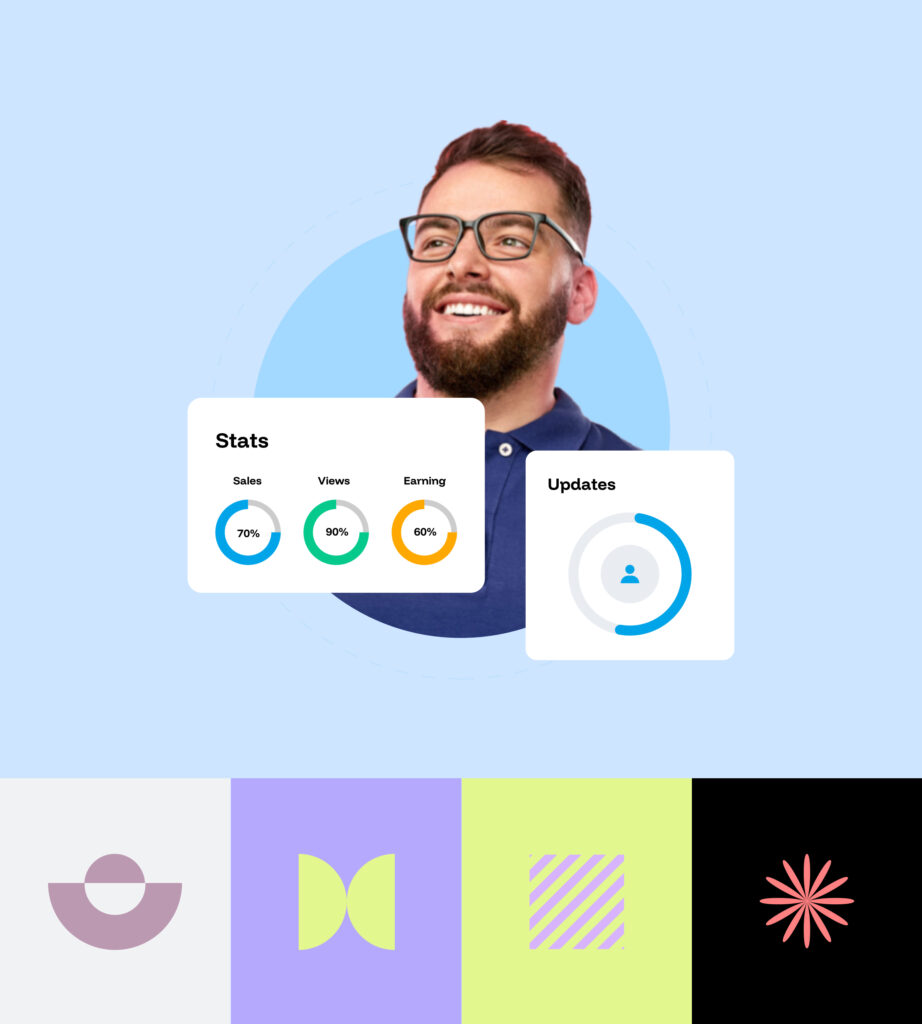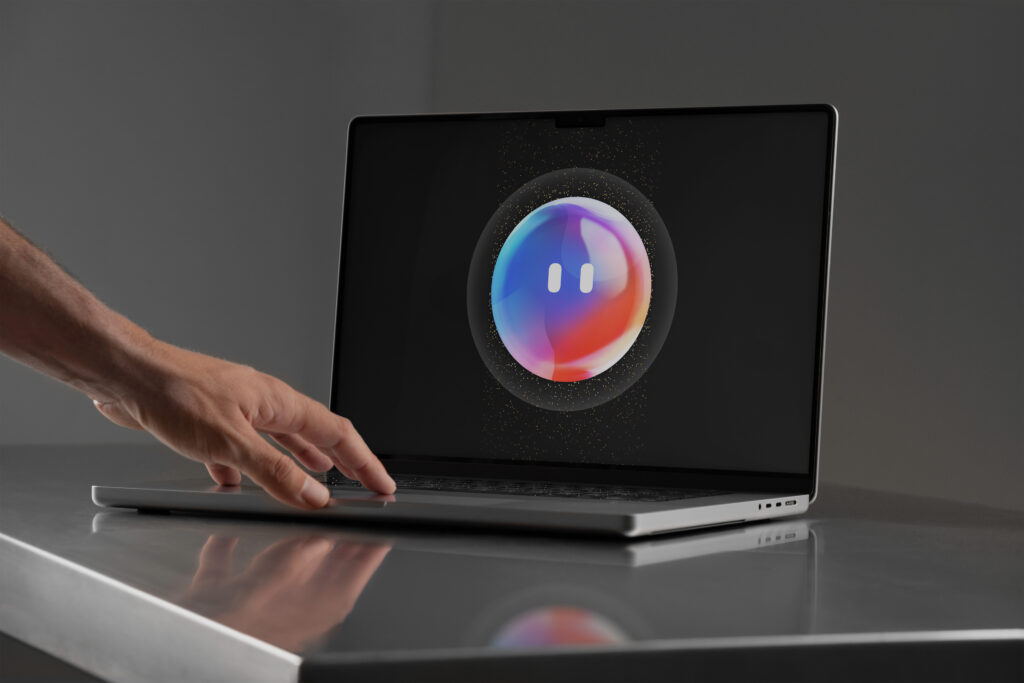Product discovery made easy
What is the discovery phase and how does it work?
Kickstart your product’s success with a discovery process tailored to your unique needs. Whether you’re building on an existing idea or starting from scratch, our team is here to guide you. We’ll work closely with you to understand your vision, goals, and what drives your business forward. Through thorough market research and user experience design, we’ll uncover opportunities and insights that help you create a product that truly meets your customers’ needs.
We’ll prioritise features that deliver the most value to your users, while also exploring the best technology and infrastructure options to ensure your product is secure, stable, and scalable for the long haul. By working together, we’ll create a product that not only meets today’s market demands but also anticipates tomorrow’s trends. Achieve product-market fit through product discovery with our team of experts.



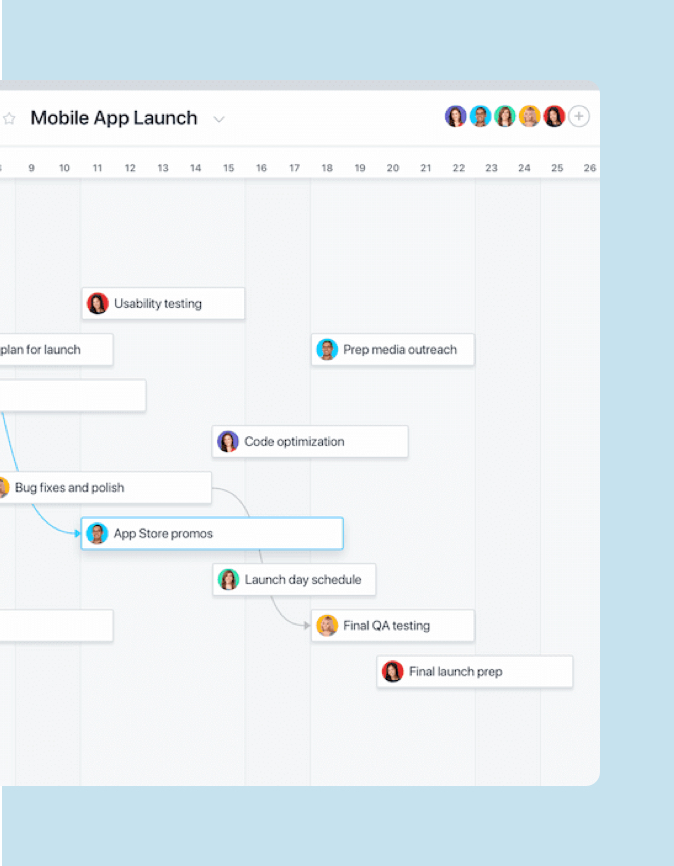
Discovery process solutions
Our solutions
01
User research and experience design
02
Competitor research and analysis
03
Prototyping and validation
04
Business analysis
05
Technical feasibility assessment
06
Product roadmapping
07
Project planning and estimation
08
Stakeholder alignment
01 /
User research and experience design
Let’s get to know the people who matter most to your business – your customers. We start by sitting down with them, listening to their stories, and understanding what makes them tick.
Through real conversations and surveys, we uncover their needs, habits, and preferences, and identify the pain points that your product can solve.
It’s from these insights that we create user personas, and map out their journeys to understand how they’ll interact with your product. This approach means we design an experience that’s tailored to their unique needs.
02 /
Competitor research and analysis
Competitor research and analysis are essential in helping you understand the landscape in which your business operates. We provide the insights needed to make informed product decisions by analysing industry trends and market opportunities. Our detailed competitor analysis allows you to identify strengths and weaknesses in the market, ensuring your offerings stand out.
We work closely with you to identify target audience segments and assess market viability and potential. This comprehensive approach ensures that your strategies are aligned with market demands, maximising your chances of success. With these insights, you can confidently navigate the market and make strategic decisions that drive growth.
03 /
Prototyping and validation
Imagine being able to see your product in action, before it’s even built. Interactive prototypes and wireframes bring your vision to life, allowing you to visualise how your customers will experience your product. This process helps you validate your ideas and ensure that your product meets their needs and expectations.
By gathering feedback from your target audience and iterating on designs, we can refine your product concept to deliver a seamless and intuitive experience. This customer-centric approach leaves nothing to chance and is proven to deliver better results.
04 /
Business analysis
Our business analysis services are designed to align your products or services with your specific business objectives. By assessing your business requirements and goals, we help you identify effective monetisation strategies and customer support solutions, such as knowledge bases and chatbots, to enhance customer satisfaction and engagement. We evaluate your revenue potential and assist in developing pricing models that maximise profitability.
Additionally, we create tailored market entry and marketing plans, ensuring your product is strategically positioned for success. This comprehensive approach ensures your business can thrive in a competitive landscape.
05 /
Technical feasibility assessment
A technical feasibility assessment helps us evaluate the best technology stack options tailored to your needs, ensuring that your product is technically viable to build, but that it will also be future proof. With extensive experience in running high-traffic systems, we’ll work with you to assess your infrastructure requirements and scalability considerations before making a recommendation.
We also evaluate integration capabilities to ensure seamless operation within your existing systems.
06 /
Product roadmapping
We acknowledge that budgets are not unlimited and that the scope of our work together will depend on your available funding. Investors will seek certainty regarding what can be accomplished. Rely on our expertise as we assist you in defining a clear product vision and strategy, ensuring that each step we take is purposeful and aligned with your business objectives. By establishing key milestones and timelines, we offer a structured approach to keep your project on course and within budget.
A sensible approach when starting most new digital product projects is to design and prioritise features for your Minimum Viable Product (MVP) and subsequent development phases, ensuring that essential functionalities are delivered first to meet user needs effectively. Our high-level development plan is a strategic guide, offering clarity and direction throughout the project. This tailored approach empowers you to make informed decisions, optimising resources and enhancing your product’s success in the market.
07 /
Project planning and estimation
Stay on track and within budget with our accurate time and cost estimates for development. We’ll work with you to clearly define the project scope and iterations, ensuring you maintain focus and direction throughout the development process.
Together, we’ll identify potential risks and develop strategies to mitigate them, safeguarding your project from unexpected challenges. With a clear plan in place, you’ll be able to confidently manage resources and timelines, ensuring a smooth and efficient journey to project completion.
08 /
Stakeholder alignment
Your internal team, end users and other stakeholders will have unique needs and insights we can only guess at, so talking with them is incredibly valuable.
Through workshops and interviews, we create a shared understanding of objectives, ensuring everyone is working towards the same vision.
By documenting requirements and findings, we provide a clear roadmap for your project. This collaborative approach ensures that all parties are on the same page, eliminating misunderstandings and setting the stage for a successful project that meets your needs.
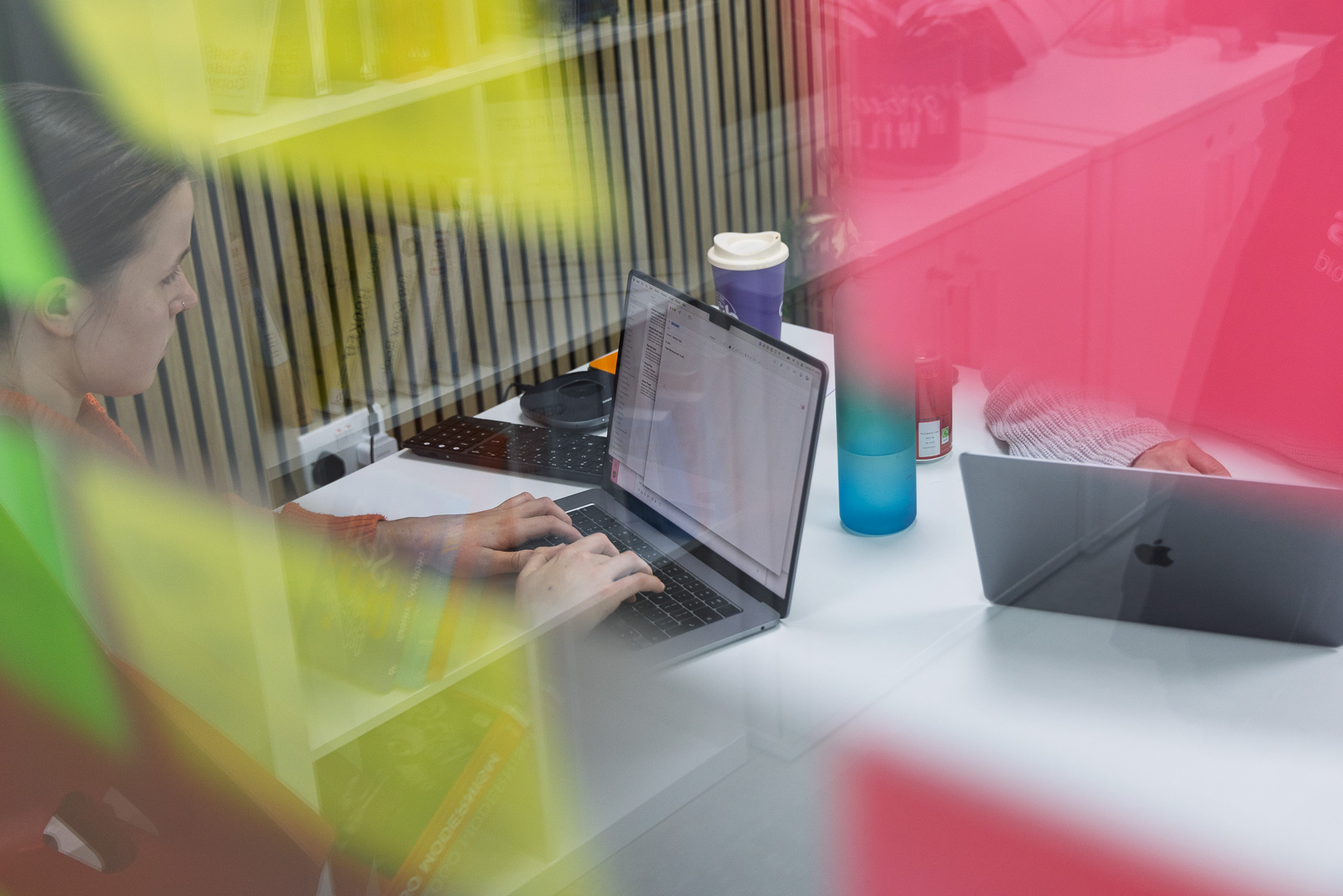
Discovery process benefits
There any many benefits of conducting a discovery phase for a software project, here are just a few.
Reduced risks
The discovery phase helps identify and mitigate potential risks early in the project lifecycle. By thoroughly researching and planning, you can avoid unexpected issues that could derail development later on.
Cost savings
Investing in discovery can significantly reduce overall development costs. By clarifying requirements and validating ideas upfront, you avoid expensive changes and rework during later stages of development.
Improved user experience
Through user research and prototyping, the discovery phase ensures the product is tailored to actual user needs and preferences. This leads to better usability and higher user satisfaction.
Clear direction and goals
The discovery process helps establish a clear product vision, goals, and roadmap.. This provides alignment among stakeholders and a solid foundation for the entire project.
Market validation
By conducting market research and competitor analysis, you can validate your product idea and find your product-market fit before committing significant resources.
Accurate estimation
The detailed understanding gained during discovery allows for more precise time and budget estimates for the full development process.
Informed decision making
The insights gathered during discovery empower stakeholders to make data-driven decisions about the product’s features, design, and overall direction
Team alignment
The discovery phase ensures all team members and stakeholders have a shared understanding of the project goals, requirements, and challenges.
Enhanced stakeholder confidence
The discovery phase builds trust by involving stakeholders early, aligning goals, and fostering collaboration. This shared ownership boosts confidence in the project’s direction, ensuring smoother execution and stronger results.
Stages of our discovery process

Initial meeting
We start with an initial meeting to discuss your project goals, objectives, and requirements. This is an opportunity for us to get to know you and your business and for you to get a sense of how we work. We love meeting in person, as it allows us to build a strong relationship and better understand your needs. However, this isn’t always possible, so we’re happy to meet online using MS Teams, Google Meet, or Zoom.

Workshops
Next, we’ll schedule a series of workshops where we’ll dive deeper into your project requirements. These workshops are designed to be interactive and collaborative, and we’ll work together to identify key challenges and opportunities. Whether in person or online, our workshops are designed to be engaging and productive.
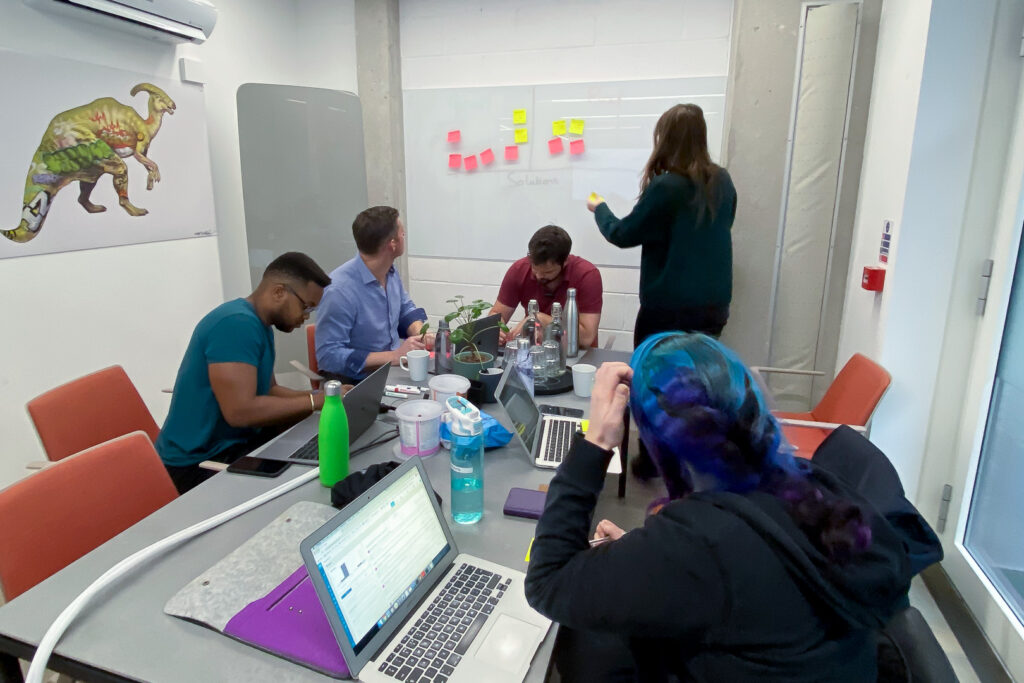
Follow-up meetings
After the workshops, we’ll schedule follow-up meetings to discuss our findings and recommendations. This is an opportunity for us to share our insights and for you to provide feedback and guidance. Again, we’re happy to meet in person or online, whichever works best for you.
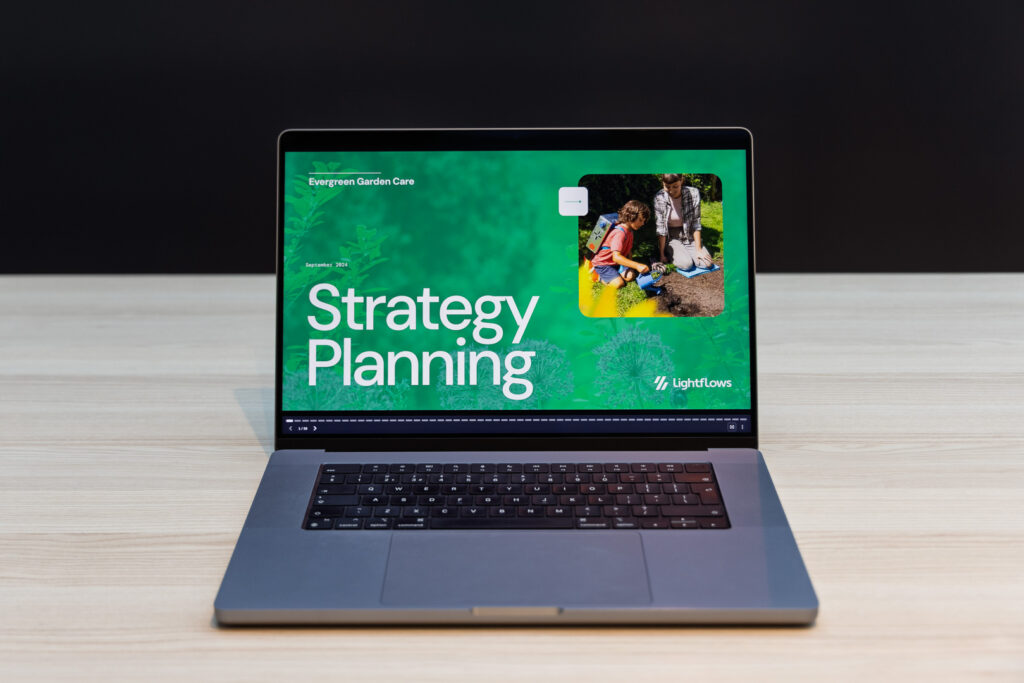
Write-up and presentation
Finally, we’ll compile our findings and recommendations into a comprehensive report and presentation. This will provide a clear roadmap for your project, including key milestones, timelines, and budgets.






Who is involved in the process
Your team plays a crucial role in the discovery process, including key stakeholders who understand the business and can influence project outcomes. This can often includes executives, IT leads, project sponsors, and end-users. The conversations we have together frequently uncover the most crucial aspects of the project.
On the agency side, our team composition will typically include a business analyst, product and project managers, developers and a UX/UI designer. Together, we make sure we’ve properly understood your requirements, technical feasibility, and user experience needs, ultimately leading to a well-defined successessful project.
Discovery process deliverables
To ensure your project’s success, we’ll provide you with a comprehensive set of deliverables that will guide the development process and keep everyone on the same page.
A clear outline of your product’s vision, goals, key features, user interface, and performance metrics, so you can rest assured that everyone involved in the project is working towards the same objectives.
A detailed understanding of your target audience, including demographics, goals, and specific interactions, so you can develop a product that truly meets their needs and delivers real value.
A visual representation of your product, showcasing user flows and interactions through clickable wireframes and mockups, allowing you to test and refine your product with real user feedback.
A comprehensive overview of your system’s structure, including components like database schema and APIs, ensuring that your product is scalable and aligned with your requirements.
A clear breakdown of development phases, resource allocation, milestones, and dependencies, so you can plan and manage your project with confidence.
A detailed outline of roles, responsibilities, and skills for team members, ensuring that your project is staffed with the right expertise and that everyone is working together effectively.
A proactive identification of potential risks, along with mitigation strategies and prioritisation, so you can anticipate and address challenges before they impact your project’s momentum.
Your trusted digital partner
We’ve helped many startups and enterprises deliver better software, with less budget and scope creep by using our discovery phase services. Let us guide you through the discovery phase and set your software project up for success.
400+
Projects and growing
16
Years in business
5/5
Rating on Clutch
Case Studies
Case Studies
Case Studies
Case Studies
Let’s work together
Ready to turn your vision into a reality? Our discovery phase helps you uncover key insights and opportunities that drive business success. Take the first step towards creating a digital product that truly resonates with your audience. Let’s get started today.

Enquiry Form
Our clients
FAQ about the discovery process
We’re a mobile app design and development company, an agency you can trust with your project.
A discovery phase can help reduce project risks by identifying potential challenges and opportunities early, allowing mitigation strategies to be developed and implemented. This phase also helps to clarify project goals, scope, and requirements, reducing the likelihood of misunderstandings and miscommunication.
The key deliverables from a software discovery phase typically include a solution document, system requirements specification, risk assessment and mitigation plan, wireframes and prototype, and project estimation and MVP development plan.
The discovery phase contributes to defining project goals and deadlines by clearly understanding the project’s objectives, scope, and requirements. This phase also helps identify potential risks and opportunities, allowing for developing a realistic project timeline and budget.
User feedback plays a crucial role during the discovery phase, as it helps validate assumptions and identify potential issues with the product or service. User feedback can be gathered through various methods, including surveys, interviews, and usability testing.
The discovery phase can improve the chances of a successful product by clearly understanding the project’s objectives, scope, and requirements. This phase also helps identify potential risks and opportunities, allowing for developing a realistic project timeline and budget. Additionally, a discovery phase can help validate assumptions and identify possible issues with the product or service, reducing the likelihood of costly mistakes and improving the overall quality of the product.
The discovery phase is the initial stage of a software development project, during which the team conducts research, analysis, and planning to define the project’s goals, objectives, and requirements.
During the discovery phase, the team gathers relevant data and research to understand the project’s requirements, constraints, and potential opportunities. This includes market research, user analysis, and technical feasibility studies.
The discovery phase is important because it helps clarify the project’s goals and scope, identify potential challenges and limitations, and ensure the project’s feasibility and viability.
The discovery phase’s benefits include reduced risks, improved project planning, and increased confidence in the project’s success. It also helps build trust between the client and the development team.
The discovery phase typically lasts anywhere from a few weeks to a few months, depending on the complexity of the project and the amount of research required.
The discovery phase deliverables typically include a project vision document, a system requirements specification, a risk assessment and mitigation plan, wireframes and prototypes, and a project estimation and MVP development plan.
Of course, but it’s not recommended. Skipping the discovery phase could be compared to building a house wihout consulting an architect – this crucial step can lead to project failure, as it may result in a lack of clarity on the project’s goals and scope and a failure to identify potential challenges and limitations.
